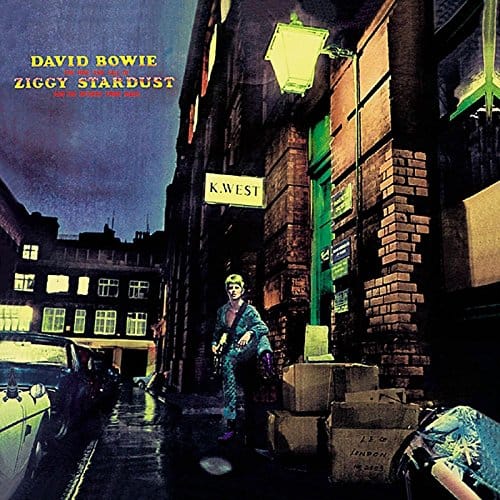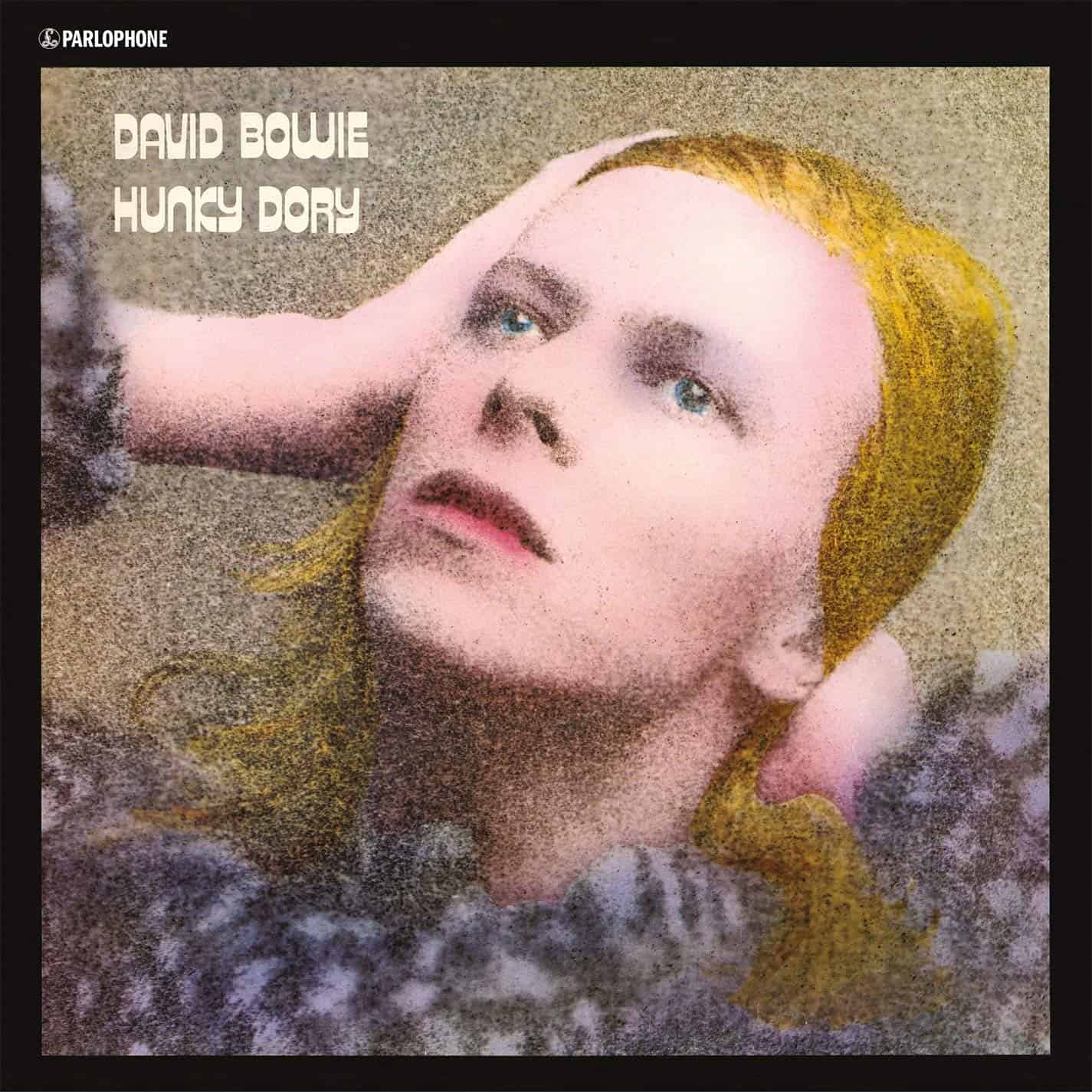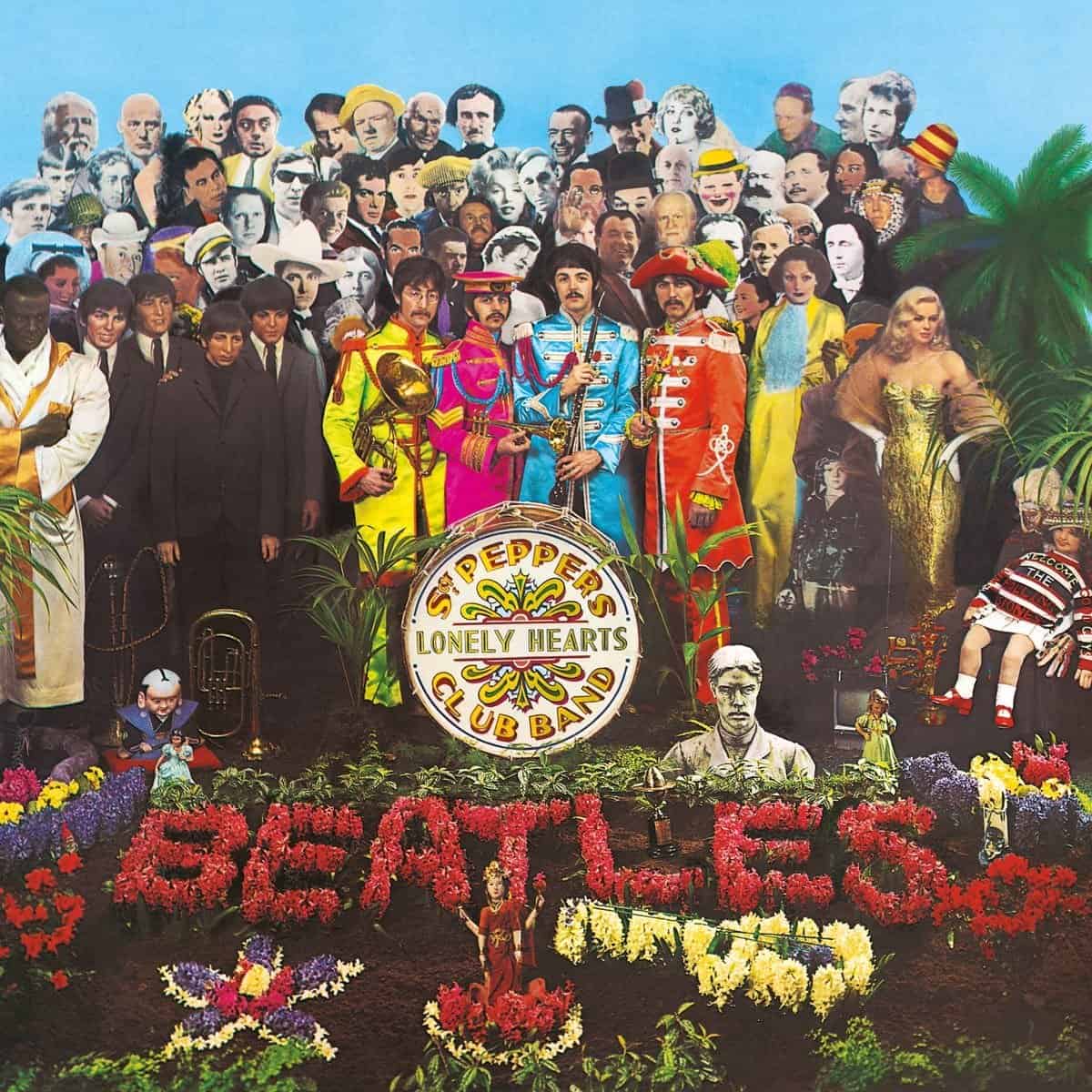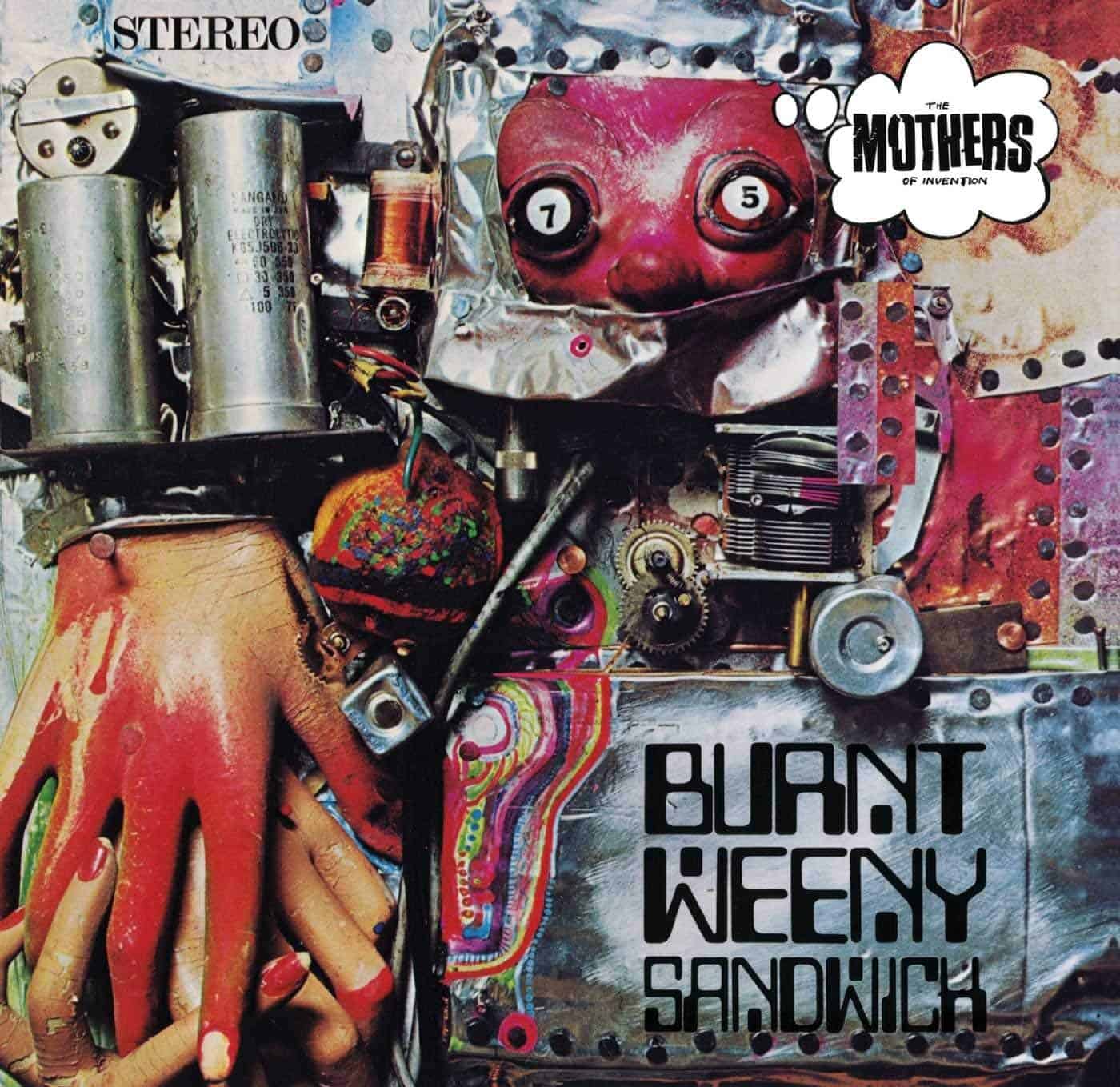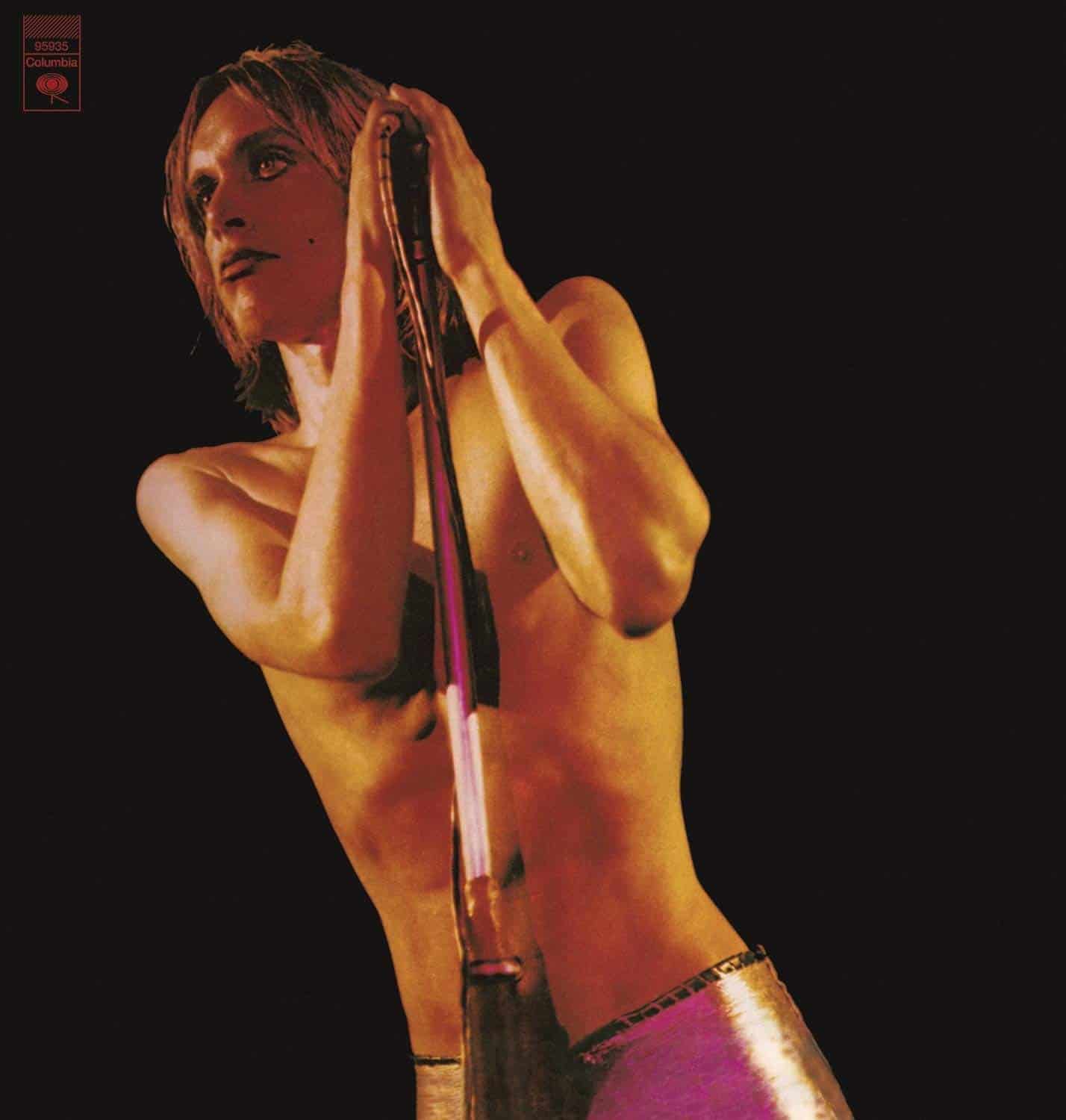Marketplace
2015 Parlophone EMI PRESSING
- Catalog Number 0825646289431 (DB69735)
- Release Year 2015
- Vinyl Mastering Engineer Ray Staff
- Pressing Weight 180g
- Jacket Style Gatefold
- Original Release Year 1973
- Original Label RCA Victor
- Original Catalog Number LSP-4852
When listening to this album I think of this band or music:
Aladdin Sane makes me think of Queen and Freddie Mercury’s stage presence, as well as Marlene Dietrich in Blue Angel.
I would listen to this album while:
Having a really, really decadent party.
Music from this album would be a great soundtrack to this movie:
A film about underground nightlife in New York, L.A., or London.
David Bowie’s sixth studio album is a bit of a moving target. Unlike the cohesive arrangement of The Rise and Fall of Ziggy Stardust and the Spiders from Mars, each song on Aladdin Sane functions as a free-standing vignette or portrait. The musical backdrop continually changes from Bertolt Brecht-flavored cabaret (“Time”), to glam (“Watch That Man”), to proto-metal (“Panic in Detroit”) and even sci-fi-infused doo wop (“Drive-In Saturday”). Bowie’s intentionally schizophrenic approach, which also inspired the lightning-bolt design dividing the two sides of his face on the iconic cover, met with mixed reviews in 1973.
No wonder the set continues to be a Rorschach test for listeners, with some strongly identifying with its various moods and characters while others are put off by such elements. The record’s overarching message also feels darker than any of Bowie’s previous works. For example, the title’s wordplay (“A Lad Insane”) references Bowie’s mentally ill brother and hints at his self-acknowledged struggle to prevent the Ziggy Stardust character from taking up permanent residence in his head. On Aladdin Sane, Bowie comes across as a performer who’s working the boards hard and reaching for fans all the way in the last row of the stadiums he was beginning to fill.
Never one to rest on his laurels, Bowie dove into the album’s recording sessions between phases of his U.S. Ziggy Stardust tour. Produced by Ken Scott and recorded at London’s Trident Studios, the effort projects a live feel that lends compelling energy to tracks like “Cracked Actor” but makes others (“Let’s Spend the Night Together”) sound rushed and tossed-off. Production is also uneven. Intentional or not, Mike Garson’s piano passages are often either overwrought (“Lady Grinning Soul”) or maddeningly distant (“Time”). Such minor missteps aside, Aladdin Sane contains a number of standouts like “The Jean Genie” on which Bowie’s sultry voice and Mick Ronson’s masterful guitar licks grace a churning blues vamp. The androgynous, glam-rock facelift leaves us panting for more.
Anyone who’s only heard an original U.S. pressing of Aladdin Sane can be excused for walking away unimpressed. The pressing is decidedly anemic, and a number of tracks sound downright shrill and unpleasant. EMI’s all-analog Millennium U.K. remaster by Peter Mew addresses a number of the upper-register issues but still lacks punch. Happily, Ray Staff’s 2015 remaster represents a significant improvement. Ronson’s searing leads and crunchy power chords have never sounded so dramatic. Sonics seem more balanced across the spectrum on all instruments. Ultimately, Staff brings listeners down from the nose-bleed sections closer to the stage and provides a better sense of how much sweat went into the set.
The Parlophone pressing is flat and quiet. While the jacket is solidly constructed, purists will notice the cover sports a whiter background. Additionally, the skin tones in Brian Duffy’s famous photograph lean toward a colder shade of pink and Bowie’s shoulders a darker grey when compared to the covers of the original and the EMI Millennium edition.
Aladdin Sane
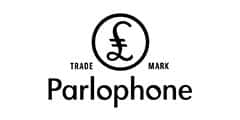
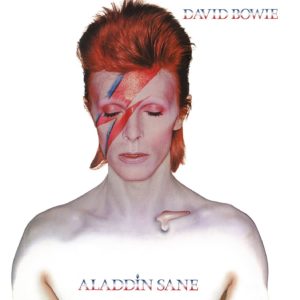
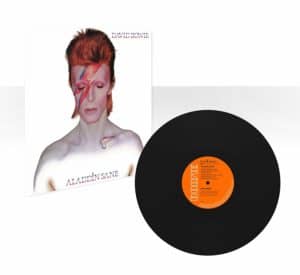
 4
4
